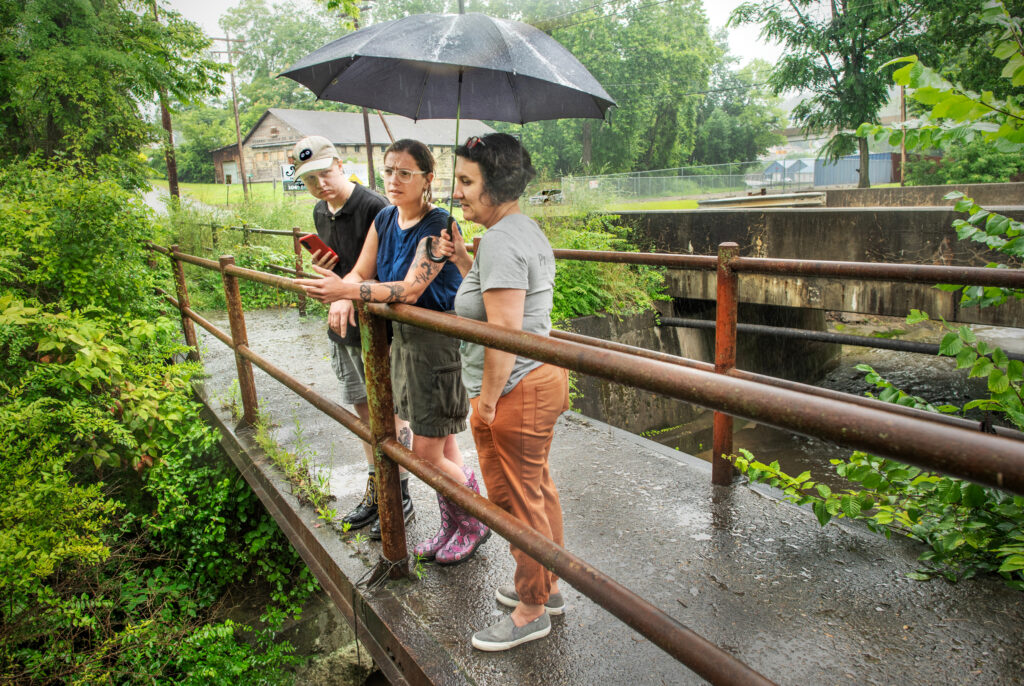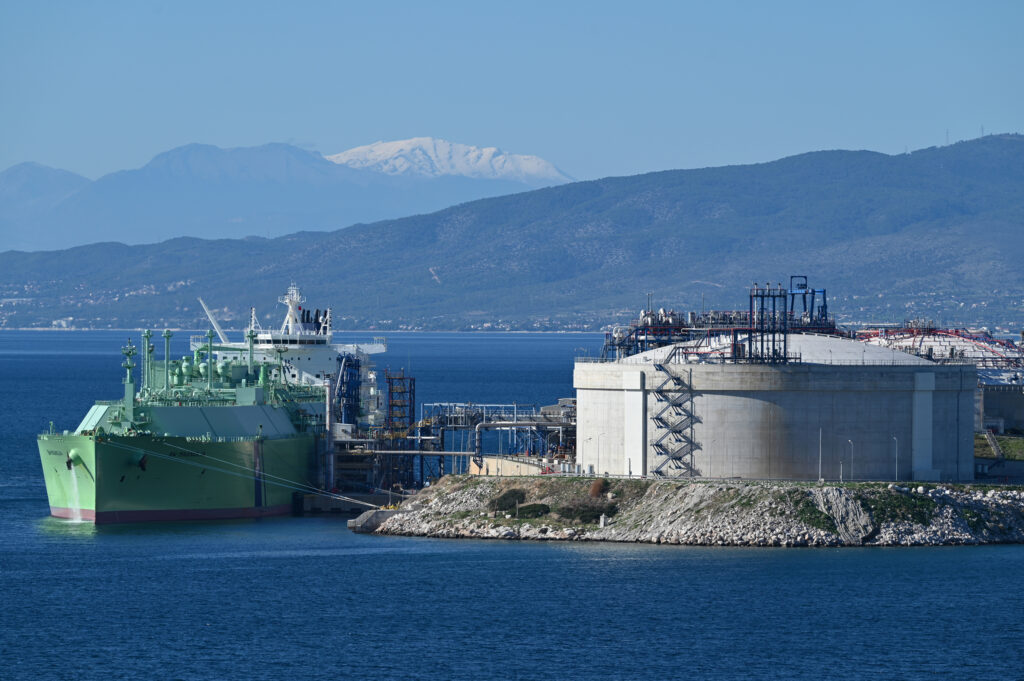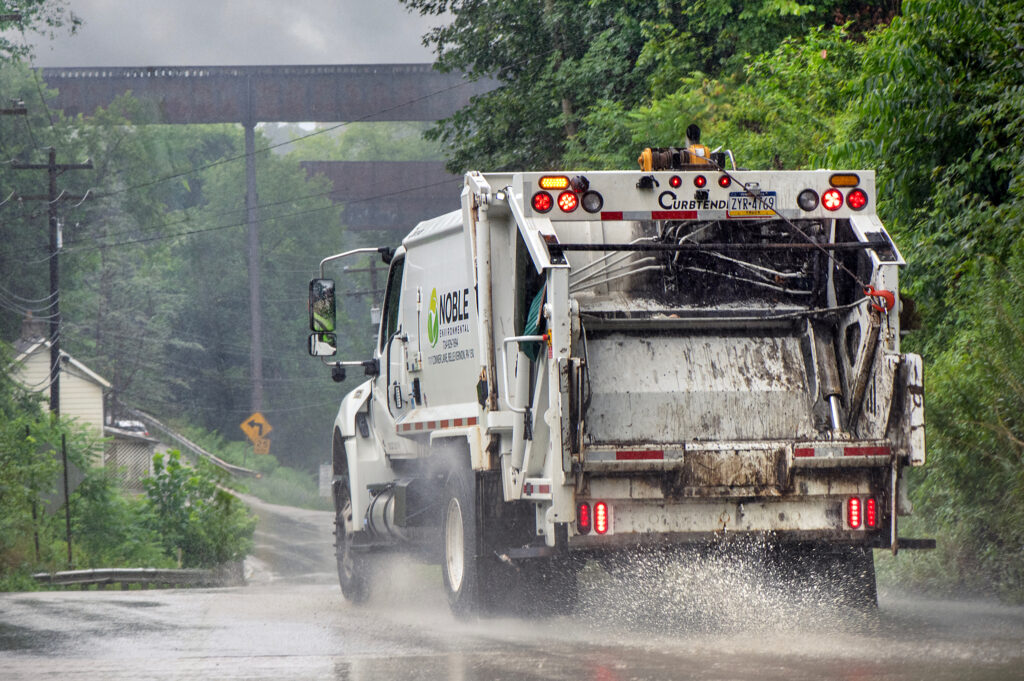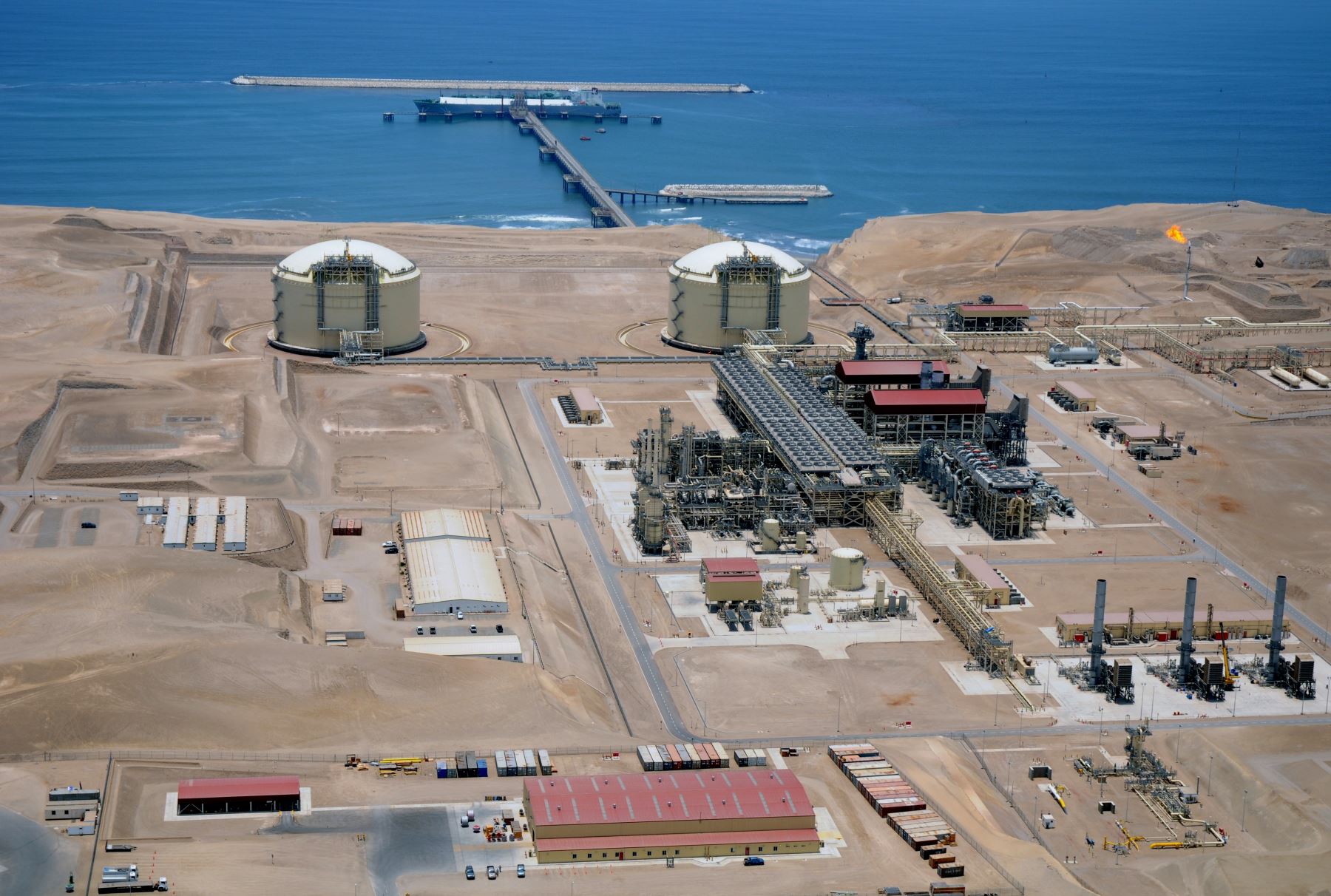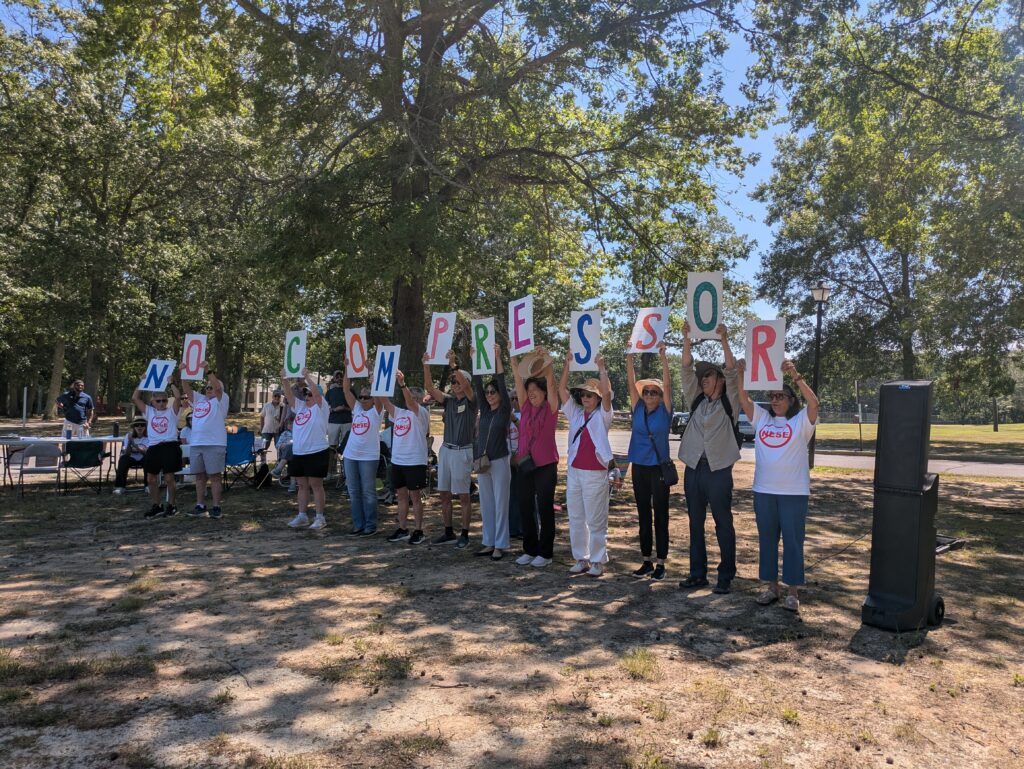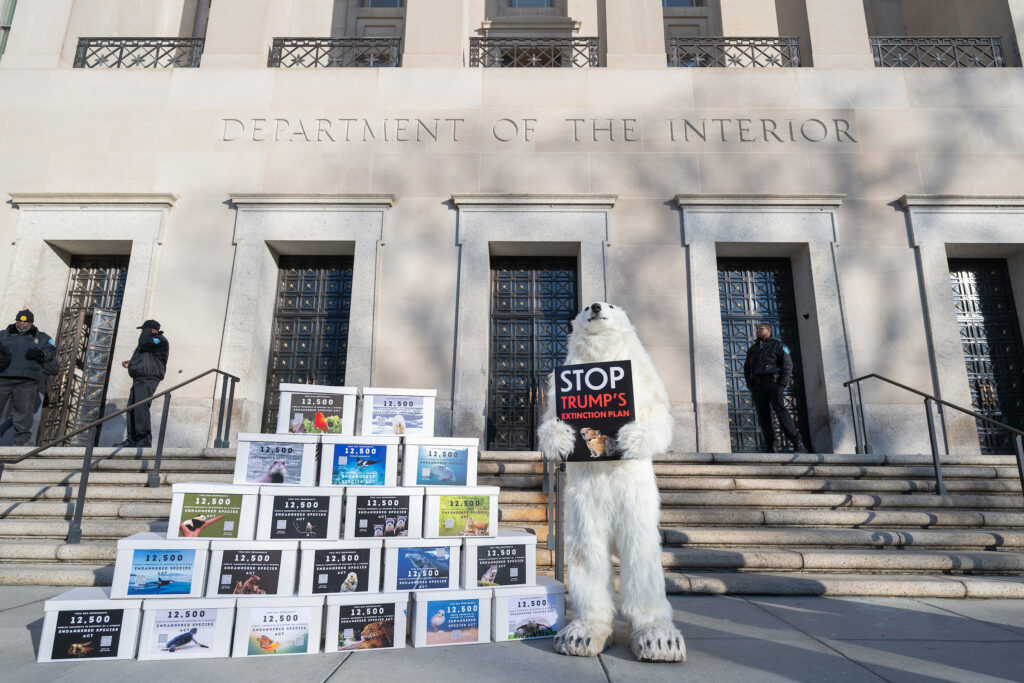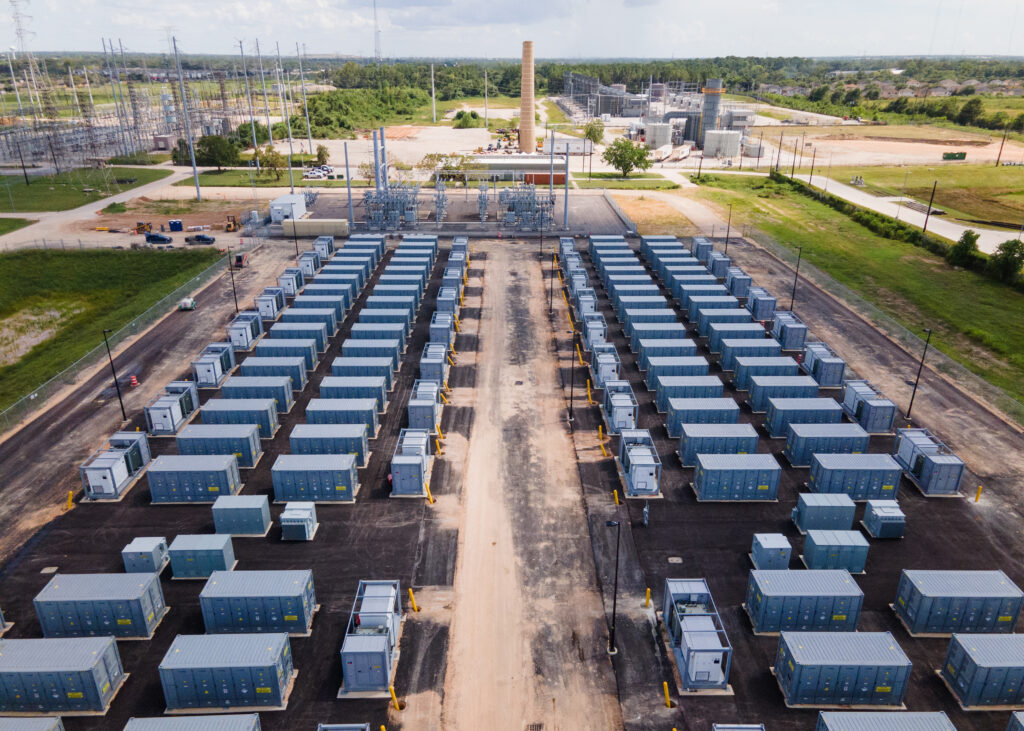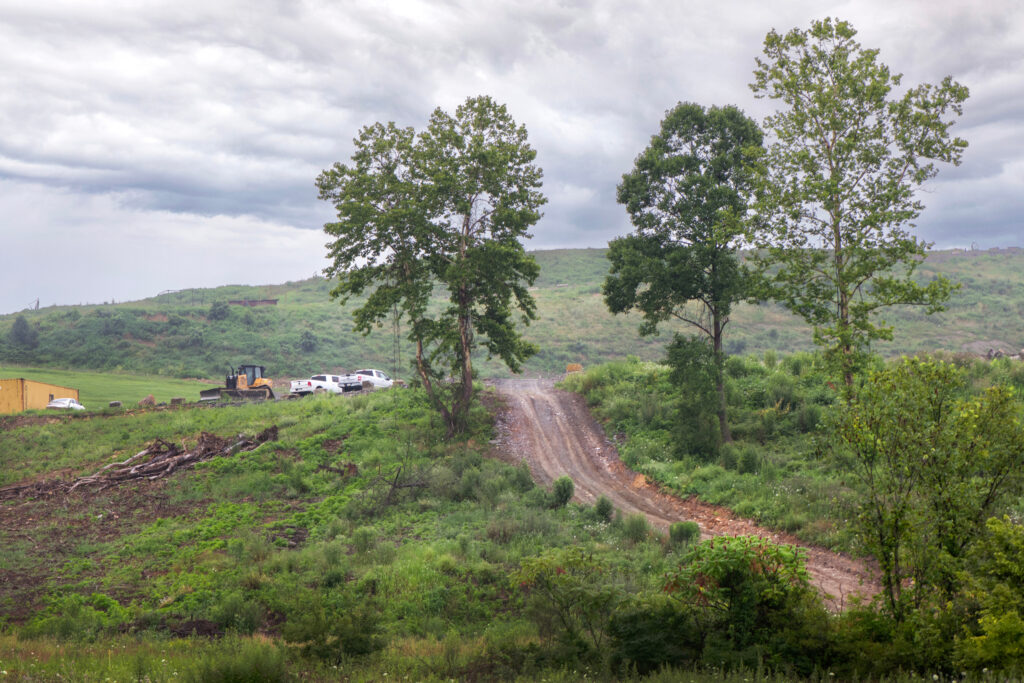The United States Geological Survey released a report on Wednesday showing vast quantities of undiscovered oil and gas resources beneath public lands. The analysis comes as Republicans in Congress try to sell up to 3.2 million acres for development.
According to the agency, there could be 29.4 billion barrels of oil, 391.6 trillion cubic feet of gas and 8.4 billion barrels of natural gas liquids underlying lands managed by U.S. agencies and the Tennessee Valley Authority. One barrel is equal to 42 gallons. The report considered only whether it was technically feasible to recover the resources, and did not analyze whether it would be economically feasible.
The USGS, which is part of the Department of the Interior, issued the report in response to Interior Secretary Doug Burgum’s order directing all agencies to identify energy and critical minerals on public lands, which itself was a response to an executive order from President Donald Trump declaring an “energy emergency” in the U.S.
The Trump administration is likely to use the report to justify an agenda that includes increasing fossil fuel production, while environmental advocates and others question the timing and relevance of the findings and warn of the dangers of increased drilling.
We’re hiring!
Please take a look at the new openings in our newsroom.
See jobs
“American Energy Dominance is more important than ever, and this report underscores the critical role science plays in informing our energy future,” said Burgum in a statement accompanying the report’s release.
The gas identified in the report “could supply approximately 12 years of U.S. demand at current rate of consumption,” assuming all of it is recovered, said Alicia Lindauer, program coordinator for the USGS’s Energy Resources Program, in a call with reporters.
This is the first report of its kind since 1998. Much has changed in the interim, including the technology available to access those resources, to the point that the agency said this report is not comparable to the previous one.
The USGS did not analyze potential emissions associated with potentially recoverable oil and gas.
“This is essentially just a puff piece to allow the Department of the Interior to rush forward with any number of oil and gas proposals,” said Landon Newell, a staff attorney with Southern Utah Wilderness Alliance who focuses on oil and gas leasing and development on public lands.
“This is an all one push to open up as much public land as possible for oil and gas development—including in some places that are our nation’s most sensitive and remarkable,” he said.
“There’s an ocean of difference between a technically recoverable reserve and an economically recoverable reserve,” said Julia Stuble, the Wyoming state director for The Wilderness Society. “Is the market certainty there for oil and gas operators to say, ‘Yeah, we actually want to invest in drilling in those lands?’ It doesn’t seem so.”
The American Petroleum Institute did not immediately return emails and phone calls about whether oil and gas companies were interested in pursuing the resources outlined in the USGS’s report.
The emphasis on increasing fossil fuel production is troubling to environmental advocates for many reasons, including that the United States already leads the world in oil and natural gas, and production increased substantially during the administration of former President Joe Biden.
“There are a lot of other public interests and community interests on how to use these public lands instead of just for a single and dominant use like oil and gas,” Stuble said. “These are places where people hunt and fish and camp and recreate. [These are] places where outfitters, you know, make a living, taking folks out to get their elk.”
Just because there may be oil and gas below these lands “doesn’t mean that we must drop everything and drill every acre of public land,” she continued.
Public lands have been the focal point of heated political debate for much of this year after congressional Republicans proposed selling them to help finance tax cuts. The measure appeared dead after being removed from the House budget bill until Sen. Mike Lee (R-Utah) reintroduced language to the Senate version that would allow for up to 3.2 million acres of public land west of Texas in the contiguous U.S.—except in Montana—to be sold.
Oil and gas companies already have access to public land for drilling through the Bureau of Land Management and the U.S. Forest Service, and Stuble wouldn’t be surprised to see them interested in acquiring public lands outright.
“I would imagine there are oil and gas operators out there who would be thrilled to buy public land,” she said.
About This Story
Perhaps you noticed: This story, like all the news we publish, is free to read. That’s because Inside Climate News is a 501c3 nonprofit organization. We do not charge a subscription fee, lock our news behind a paywall, or clutter our website with ads. We make our news on climate and the environment freely available to you and anyone who wants it.
That’s not all. We also share our news for free with scores of other media organizations around the country. Many of them can’t afford to do environmental journalism of their own. We’ve built bureaus from coast to coast to report local stories, collaborate with local newsrooms and co-publish articles so that this vital work is shared as widely as possible.
Two of us launched ICN in 2007. Six years later we earned a Pulitzer Prize for National Reporting, and now we run the oldest and largest dedicated climate newsroom in the nation. We tell the story in all its complexity. We hold polluters accountable. We expose environmental injustice. We debunk misinformation. We scrutinize solutions and inspire action.
Donations from readers like you fund every aspect of what we do. If you don’t already, will you support our ongoing work, our reporting on the biggest crisis facing our planet, and help us reach even more readers in more places?
Please take a moment to make a tax-deductible donation. Every one of them makes a difference.
Thank you,





